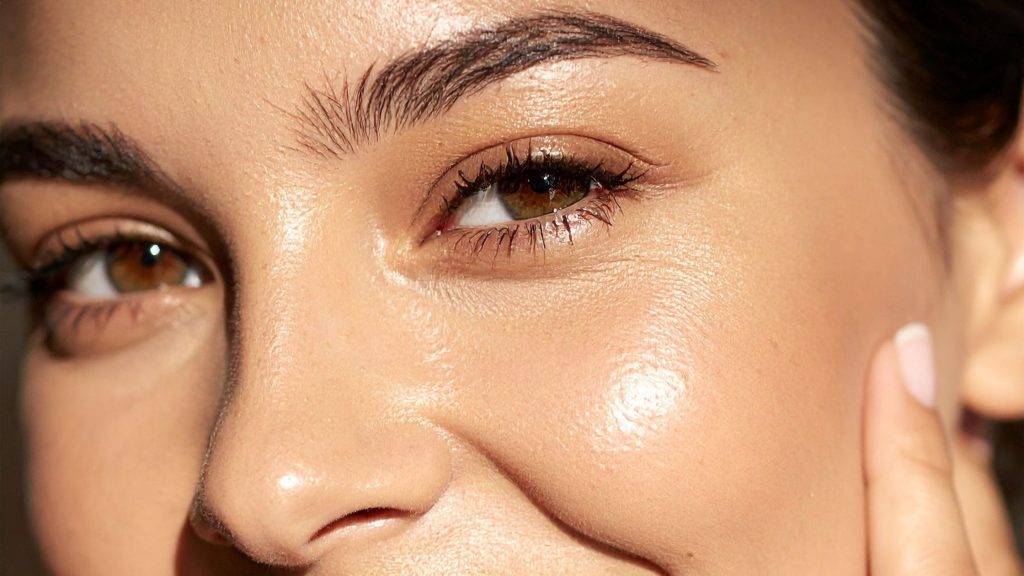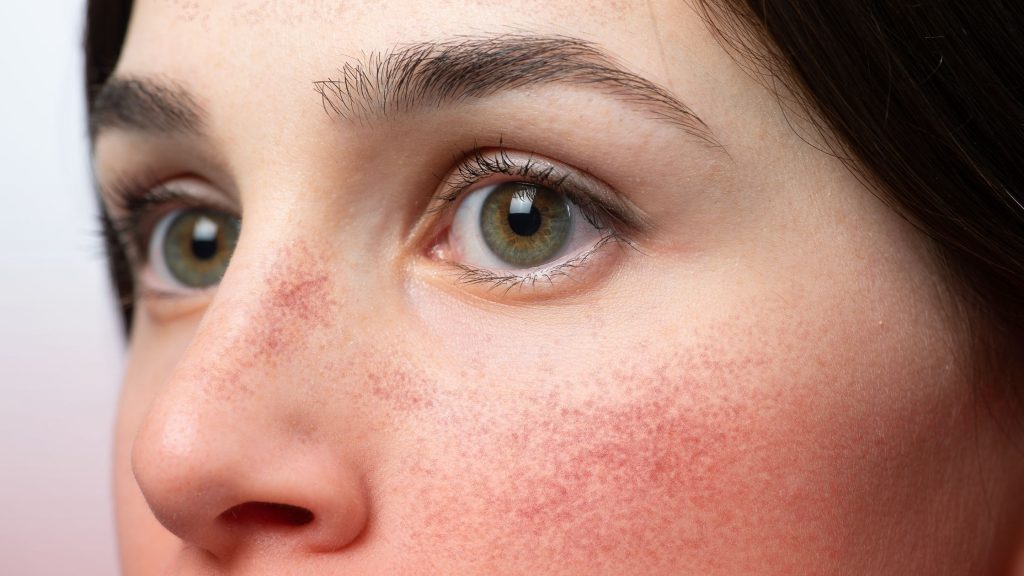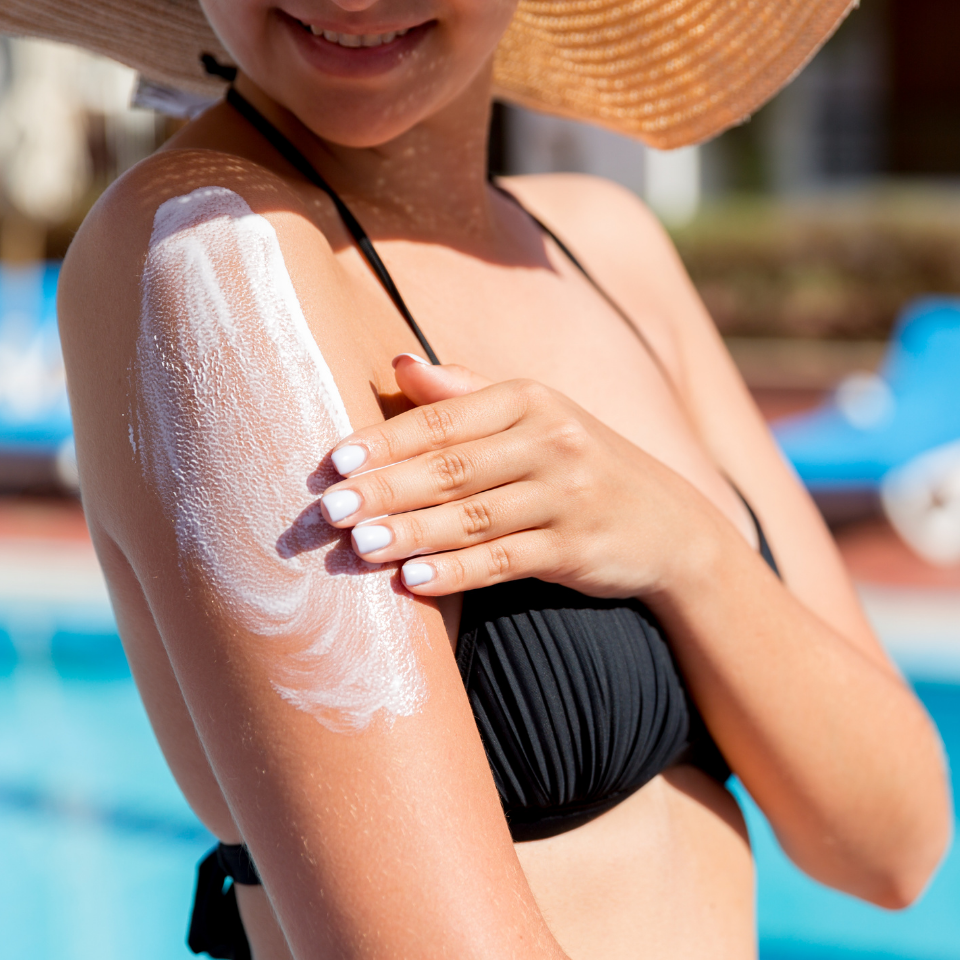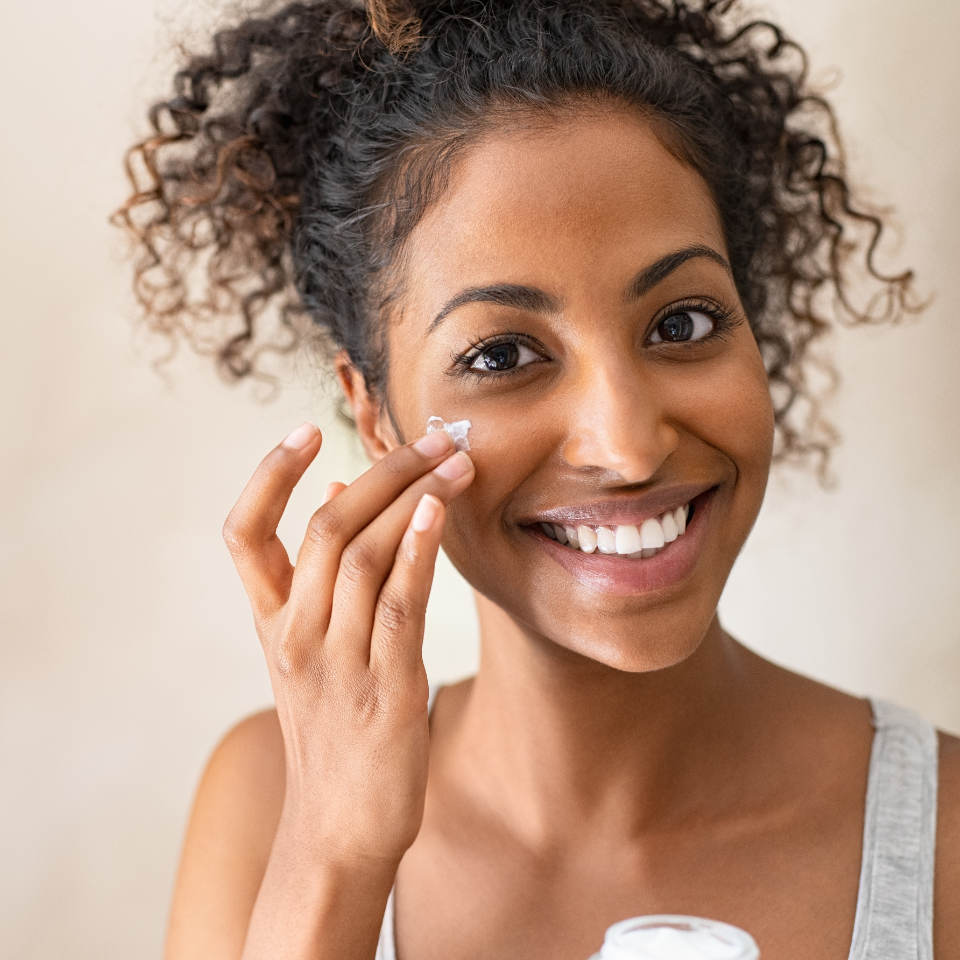
Beyond Retinol: Why Prescription Tretinoin Makes All the Difference for Skin Health & Anti-Aging
Beyond Retinol: Why Prescription Tretinoin Makes All the Difference for Skin Health & Anti-Aging by Margaret Kontras Sutton, MD I am often asked what I recommend for a skincare program. My answer is always the same:#1: Sunscreen.#2: A topical vitamin A-related cream, such as tretinoin. Tretinoin topical cream is a powerful, prescription-strength generic version of …









